Everything you need to know about specifications and performance - Hyundai i20 2018 - 1.2 (84 Hp)
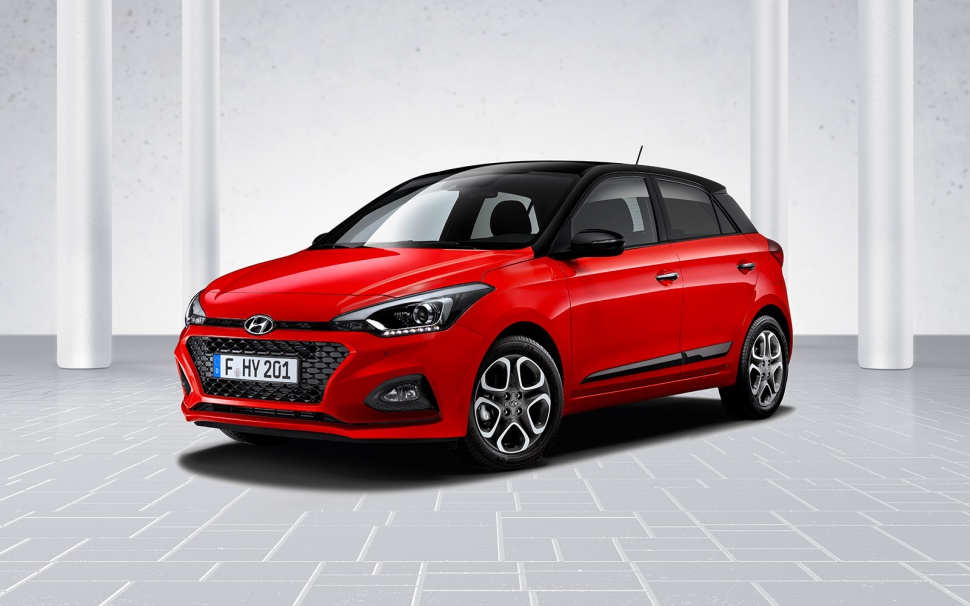
Overview:
What is the engine capacity of a Hyundai i20 2018?
The engine capacity of the Hyundai i20 2018 is 1248 cm.
Hyundai i20 2018 How many horsepower?
The engine power of the Hyundai i20 2018 is 84 Hp @ 6000 rpm..
What is the Hyundai i20 2018 engine?
Hyundai i20 2018 engine is G4LA. (Click to see other cars using the same engine)
How much gasoline does a Hyundai i20 2018 consume?
The Hyundai i20 2018 consumes 5.8 liters of gasoline per 100 km
What is the recommended oil for a Hyundai i20 2018 engine?
The recommended oil for a Hyundai i20 2018 car engine is 5W-30, 5W-40.
What type of camshaft transmission system is used in a Hyundai i20 2018 engine?
chain is used to transmit motion.
General:
Engine:
EURO 5 (2nd gen.)
Performance:
Space:
dimensions:
Powertrain, Suspension and Brakes:
See also
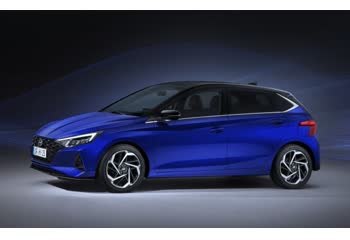
Last generation.
Its production began in 2020 until 2023
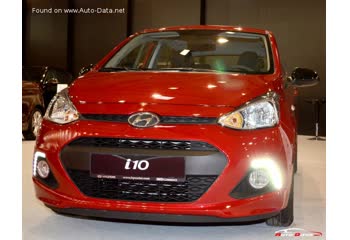
Same engine. (G4LA).
Its production began in 2013 until 2016

Same engine. (G4LA).
Its production began in 2018 until 2019

Same production year and almost the same engine capacity.
Its production began in 2018 until 2021
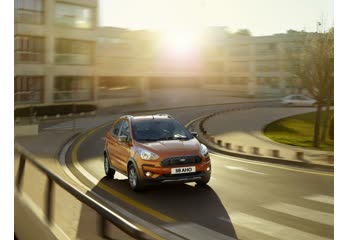
Same production year and almost the same engine capacity.
Its production began in 2018 until 2021
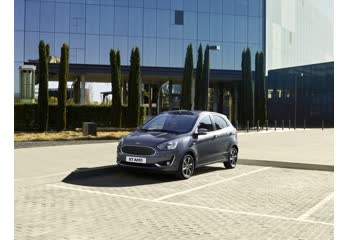
Same production year and almost the same engine capacity.
Its production began in 2018 until 2021
Write a comment